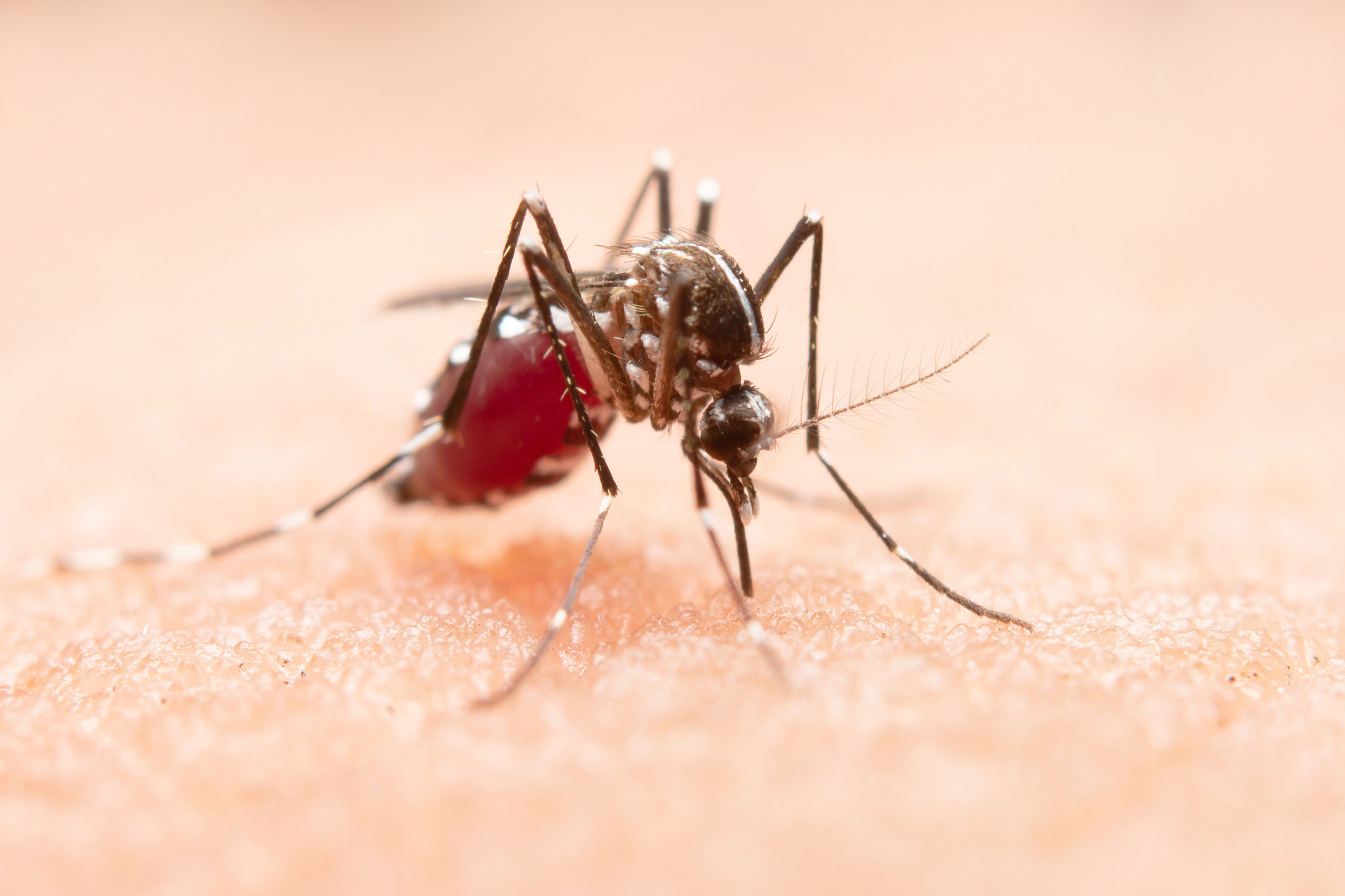DENGUE FEVER: CAUSES, SYMPTOMS, TREATMENT, AND PREVENTION
According to World Health Organization (WHO), Dengue fever is one of the top ten global health threats and one of the most rapidly spreading diseases caused by the Dengue virus (DENV). The Dengue virus has four serotypes (DENV-1, DENV-2, DENV-3, and DENV-4.), all of which can cause disease.
Dengue (Deng-gay) is a mosquito-borne illness in tropical and subtropical areas. The dengue infection occurs yearly in millions (100-400 infections/year) worldwide. This illness is most common in southeast Asia, Latin America, the western Pacific, and Africa.
The dengue-infected areas are on the rise worldwide, and outbreaks are now reported in Europe and southern parts of the United States. The risk of Dengue exists in 129 countries, but 70% of the burden is in Asia.
Before 1970 only nine countries had experienced severe Dengue epidemics. The disease is now endemic in more than 100 countries of the world.
CAUSES
ORIGION OF DENGUE VIRUS
Scientists hypothesize that the Dengue viruses evolved in non-human primates/monkeys and jumped from these primates to humans as long as 800 years ago; It was restricted to Africa and Southeast Asia until the mid-20th Century, but the Dengue viruses in Viremia individuals and the Aedes Aegypti mosquito vectors spread throughout tropical southeast Asia and other parts of the world via Maritime shipments.

Dengue fever is caused by a virus transmitted by Aedes aegypti mosquitoes, which usually bite during the day, mainly after sunrise and around sunset. The virus enters the mosquito when a mosquito bites a person infected with the Dengue virus. Then when the infected mosquito bites another person, the virus enters the bitten person’s bloodstream and causes an infection.
SYMPTOMS:
It is common for 1 out of 4 Dengue influential get sickness, which might get serious if they don’t get a cure. The Symptoms from mild flu to severe infection followed by high fever and any of the following symptoms.
- Headache
- Muscle, bone, or joint pain
- Intense pain behind the eyes
- Nausea
- Vomiting
- Swollen glands
- Rashes
People with mild symptoms recover within a week or so. But, in some cases, Symptoms become worse and become life-threatening. Also known as Severe Dengue, Dengue Hemorrhagic Fever (DHF), or Dengue Shock Syndrome (DSS)
Severe infections lead to platelet drop, which can cause internal bleeding, organ failure, or even death.
The warning signs include:

- Severe Stomach Pain
- Persistent vomiting
- Bleeding from gums or nose
- Blood in urine, stool, or vomit
- Difficult or rapid breathing
- Fatigue
- Irritability or restlessness.
If these symptoms develop, immediate medical treatment, including hospitalization required
TREATMENT
VACCINE

The first Dengue vaccine, Dengvaxia (R) (CYD-TDV), was developed in 2015 and approved by regulatory authorities in approximately 20 countries. The vaccine administration revealed that using the CYD-TDV vaccine for persons living in endemic areas (9-45 years of age) is only effective for those who have had at least one episode of Dengue fever in the past.
Another vaccine, TAK-003, is also under development and will be effective for persons without a Dengue history.
TREATMENT OTHER THAN VACCINATION

There is no specific treatment for Dengue fever. Acetaminophen or Paracetamol can be used to take control of muscle aches, pains, and fever. Non-Steroidal Anti-Inflammatory Drugs (NSAIDs) such as Ibuprofen and Aspirin should be avoided.
Hospitalized Dengue patients must be closely observed and their fluid intake carefully managed. Early detection of Dengue cases leads to early recovery
PREVENTIVE MEASURES
As there are limited options for Dengue treatment, the saying that “Prevention is better than cure” Seems true in such cases. The World Health Organization also stresses that vaccine is not an effective tool. Preventing mosquito bites and controlling the mosquito population are still the primary methods for preventing the spread of Dengue fever.
The mosquito lays eggs in stagnant water, becoming adults within ten days. Therefore, removing mosquito habitats is a significant factor in the prevention strategy.
The main steps to be taken for the prevention of Dengue fever are as under:
- Wear full clothes (Long sleeves, socks, covering legs) and avoid exposing skin as much as possible.
- Staying indoors, especially around sunrise and sunset
- Using mosquito nets over beds
- Using windows, door nets/screens, and keeping doors and windows closed
- Using mosquito repellents, coils, and sprays
To destroy mosquito habitats by :
- Not letting water stand for long in flower/ plant pots, pot saucers, water coolers, water dispenser trays, refrigerator trays, bird water feeders, old tires, etc.
- Maintaining Cleanness in and around houses and surroundings
- Disposing of waste properly
- Where stagnant water cannot be removed easily, disinfecting it by using disinfectants
